Malaysian birder Ng Bee Cheng writes about her first ever birdwatching trip in the Philippines. She describes what it was like to visit different birding sites as a member of a birdwatching tour led by Nicky Icarangal of Birding Adventure Philippines.
—
Wowed by the Birds of The Philippines
by Ng Bee Cheng
“Wowwww..!”, I quietly exclaimed under my breath as I feasted my eyes on this oddly beautiful bird – the Coleto.
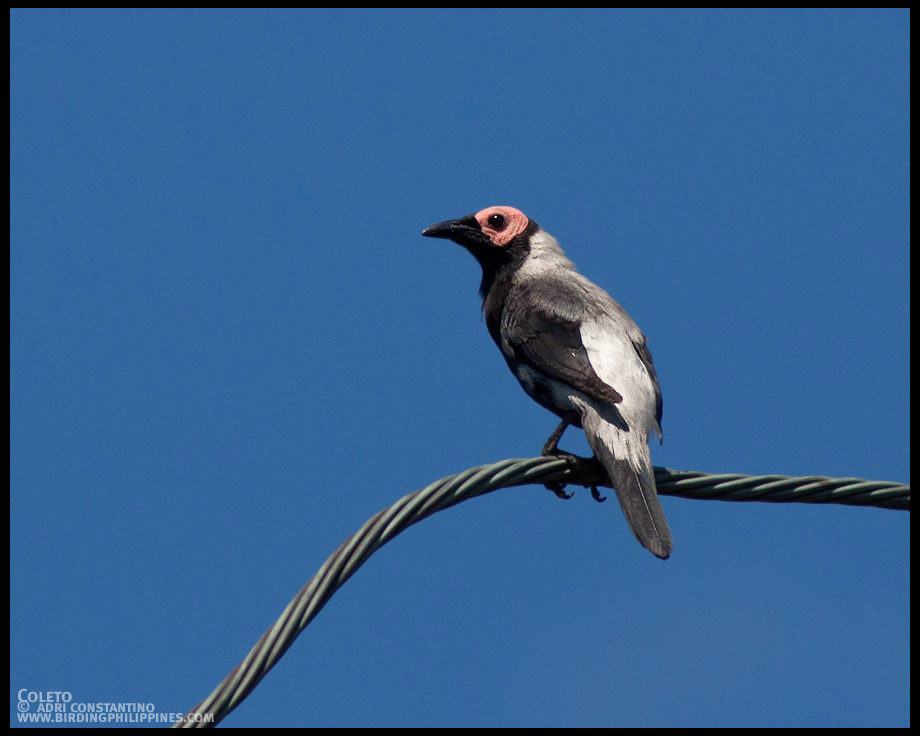
This special Philppine endemic wasn’t the only bird that drew the “wows” and “ooos” from me and my 8 other international fellow birders (including my husband, Alan Yu).
We were privileged to join the group of delegates representing various bird-watching/conservation non-governmental organisations, who had participated in The Philippine Bird Festival 2012, on a five-day birding tour of Central Luzon.
Our guide for this post-festival tour was the very experienced and competent Nicky Icarangal of Birding Adventure Philippines.
Being first-timers to The Philippines, almost every bird we saw was a lifer. Prior to our trip, we were acquainted with the world renowned and magnificent Philippine Eagle through pictures in books and had some vague recollection of the Philippines having a high number of endemics in the back of our minds; but we never really comprehended the country as being such a wonderful birding destination that it is.
On the first day of our tour, we headed for La Mesa Eco Park to catch our first lifer and endemic – the Ashy Ground Thrush… what a beauty!
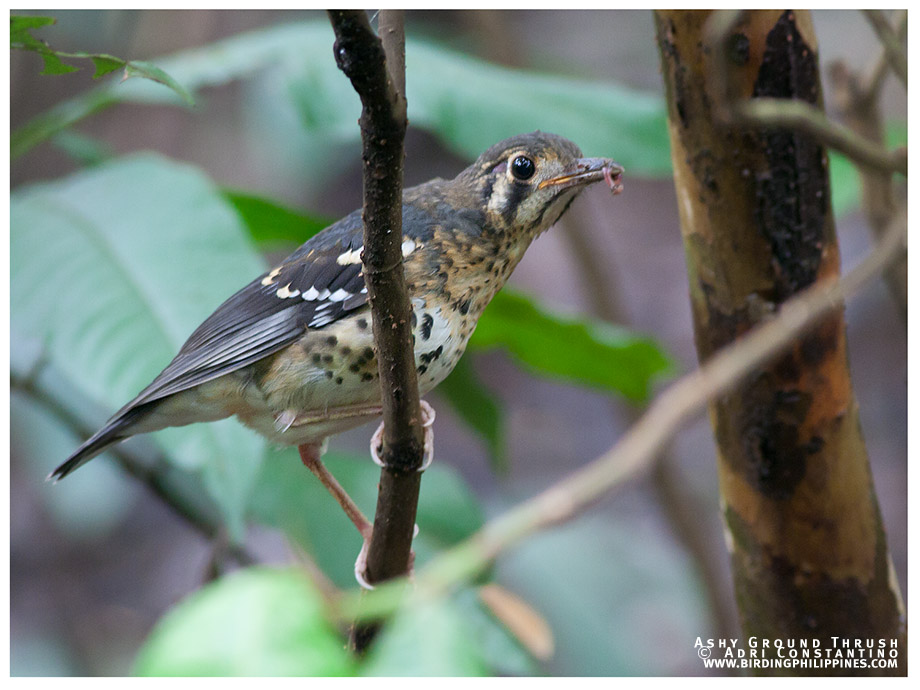
Walking out to our van, we were rewarded with really good views of another endemic – the White-eared Brown Dove. There were three of them perched in the same tree.
What a wonderful start to our birding tour – just the first half of the first day and already two endemics ticked.
We continued our journey to the Angono Petroglyphs to see the Philippine Eagle-owl. After looking around for a few minutes with the help of officers in charge of the historical site, Nicky soon spotted it and we all had great views of the owl. It is good to see that the caretakers of the place have taken it upon themselves to also keep and eye out for the owls as they cautioned us to keep our distance. They told us that the birds used to be a lot more confiding but were a bit more weary now after some kids had taken pot shots at them with their catapults.
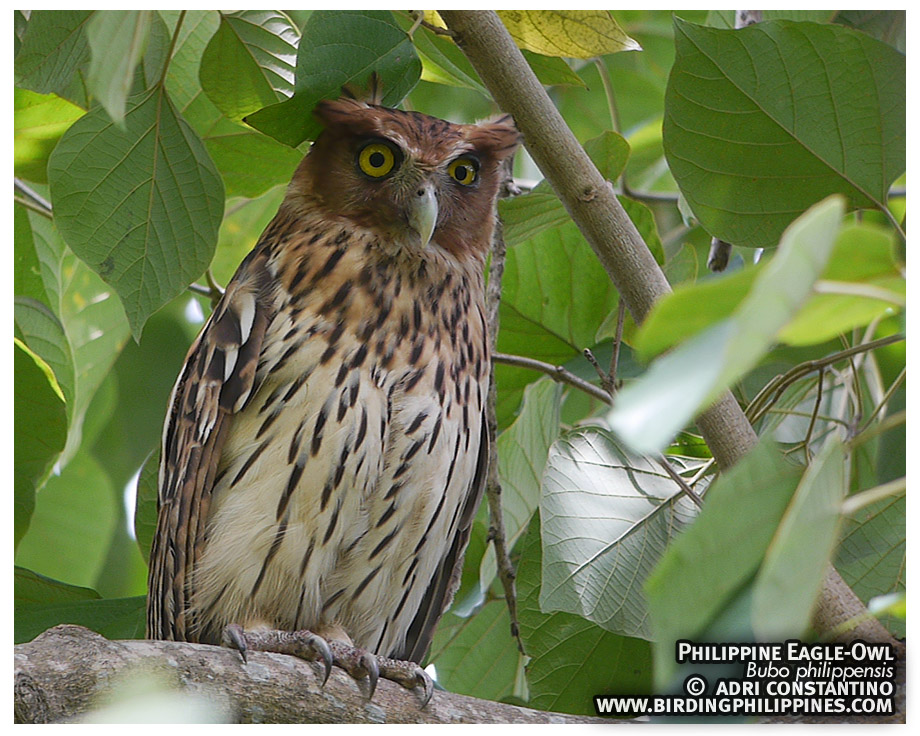
The Angono Petroglyphs themselves were of course interesting. Imagine, here we were in the year 2012 looking at engravings by people who lived way back in 3000 BC.
However, if it were not for a bird – in this case, the Philippine Eagle-owl – we would not have ventured here. And from what I’ve read in a blog, neither would have many others, including locals, as this place seems to be little known. It is a fine example of how bird watching can promote little known areas and bring tourist dollars to remote places.
Our next stop was the University of Philippines Los Banos and within the evening of our first day we collected another 6 endemic ticks in and around the campus grounds.
We stayed here for 3 nights at the SEARCA Residence Hotel, from where we headed out to various birding sites – Mt Makiling, the Makiling Botanic Gardens, nearby the university’s Animal Husbandry faculty premises, the Boys Scout Camp and the Philippines Art Centre and the International Rice Institute – and picked up more endemics.
On our fourth day, we headed to Subic Bay but not before making a detour to the lovely water-bird haven of Candaba for the Philippine Duck; and got several bonus ticks at the same time, like the Northern Shoveller and the Tufted Duck – both very rarely seen in Malaysia. (Early this year of 2013, one single male Tufted Duck in a pond in Malim Nawar, in the northern state of Perak in Peninsular Malaysia, caused quite a stir among the Malaysian birding community as many made the 2-hour or more journey [depending which part of the country one is based] just to see him.)
In Subic Bay, some of the endemics we saw included the Philippine Falconet, Rufous Coucal, the Chocolate Boobook, Sooty Woodpecker, and the White-lored Oriole.
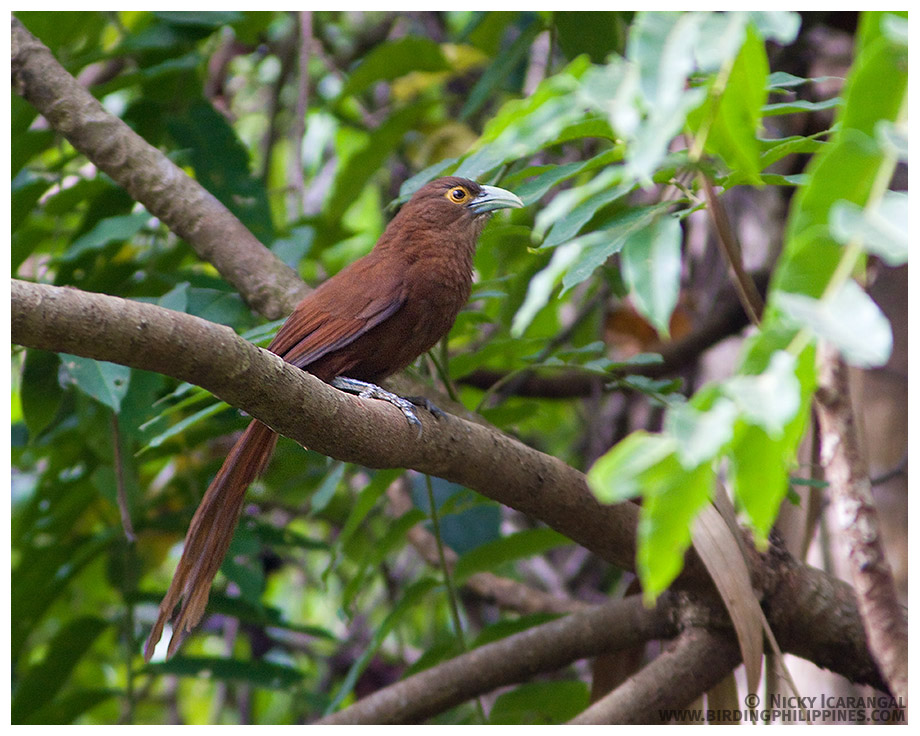
But we also had a “lifer” of a different kind. On our last morning of the tour, we had our first experience of birding with an armed guard!
For some reason, although Nicky had all the proper papers in order, he was asked to see the authorities. We were left to bird near an old ammunitions bunker with 2 armed guards watching over us. When Nicky rejoined us, he mentioned something about some new rulings and that the Subic Bay security agency wanted us to be accompanied by their man. And so we carried on into the trail to seek several endemics in the area like the Blue-naped Parrot (which we got) escorted by our very own armed guard.
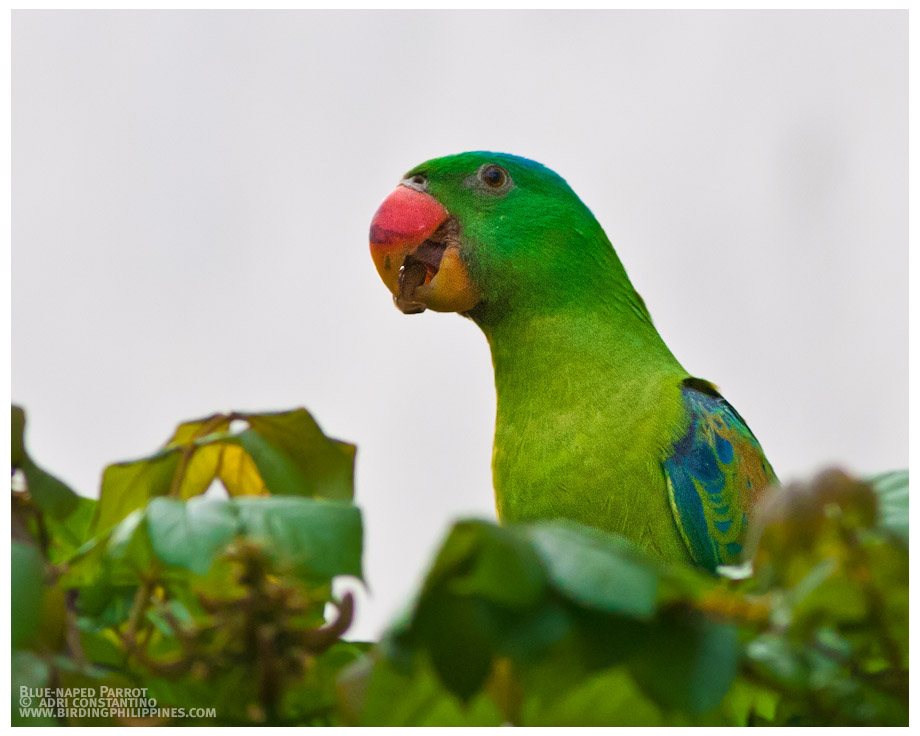
All too soon our tour came to an end and we were dropped of at our various airports and terminals to catch our flights. We were happy troopers, going home with 43 endemics ticks in our notebooks. But was it enough? NO!!!!!
It was a wonderful 5-day introduction to birding in the Philippines – but it has definitely left us wanting more. Five days was just too short, we definitely plan to be back for more of the Philippines’ wonderful feathered gems that have wowed us no end.
Ng Bee Cheng is a retired journalist and member of the Malaysian Nature Society (MNS). Bee Cheng and her husband Alan Yu are both active volunteers with the MNS Selangor Branch Bird Group

Pingback:April 2013 | e-BON